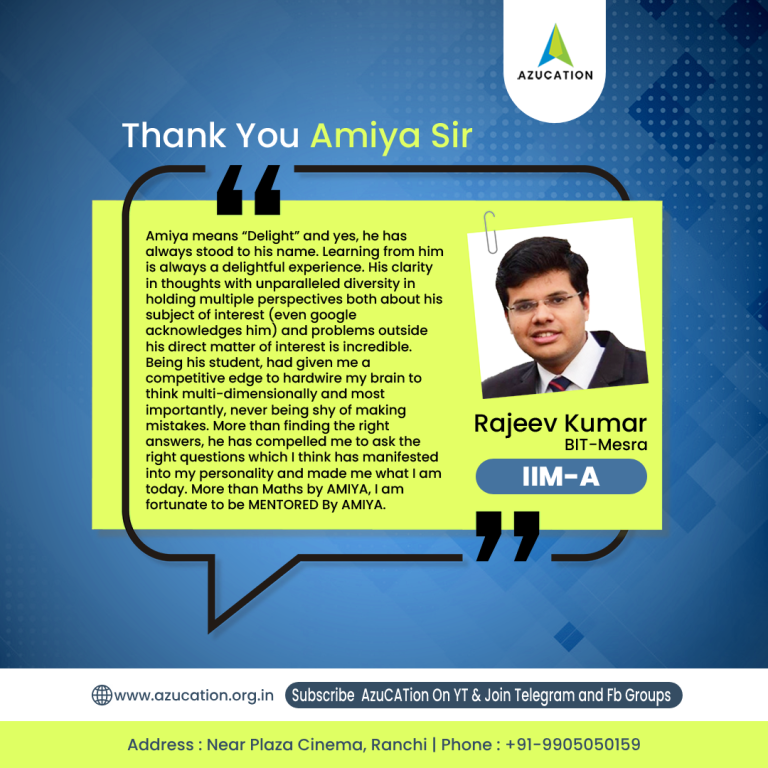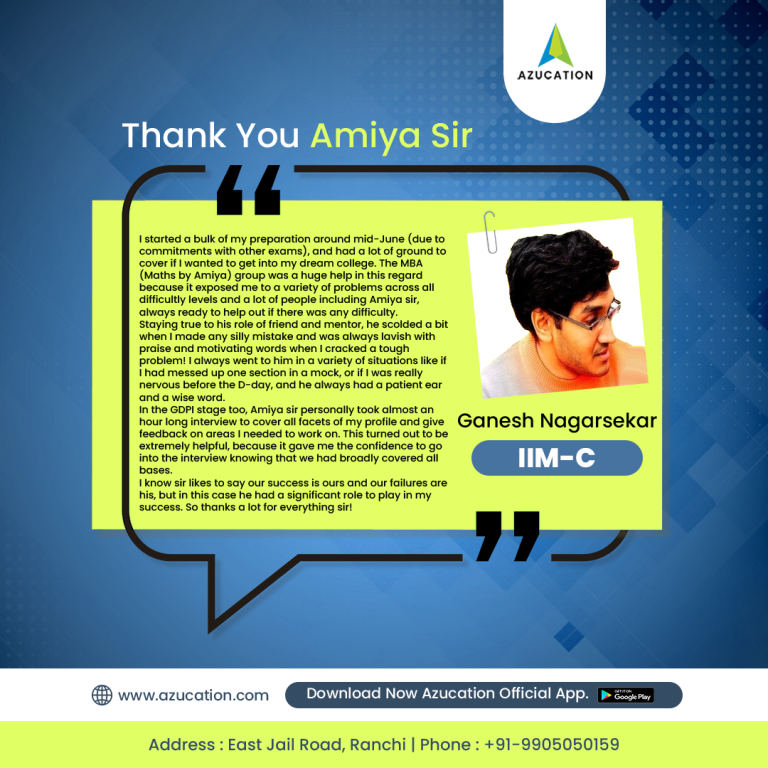Micro Finance
June 9, 2024 2025-06-09 15:27Micro Finance
Time left: 15:00
Passage: Micro Finance
Success has many fathers. No wonder, then, the paternity suits are flying in micro finance – lending small amounts to help the poor pull themselves out of poverty. Thanks first to charities and later, international financial institutions (IFIs) like the World Bank, micro finance has been shown to work. Now philanthropists such as Bill Gates and Pierre Omidyar, the founder of eBay, are using their own charities to pour money into the field. So, increasingly, it is the for-profit sector, including “socially responsible” investors and capitalists, more interested in the bottom line than the poverty line.
Micro finance is a promising way to get credit to parts of the country that are starved of capital. So, it is a pity that all these lenders are competing to support the same, small group of micro finance institutions that cater to the most creditworthy borrowers. It would be better for the poor if the IFI’s and donors left the best credit risks to profit-seeking lenders and concentrated instead on those still stuck outside the system.
No doubt that sounds ungrateful. Micro finance is in vogue thanks partly to the IFIs, which provided grants, loans and training to untested micro-credit institutions. The private sector shunned the risk — out of ignorance, a lack of expertise and fears that making money from the poor would look predatory. The pioneering work of donors means there are now some 10,000 micro finance institutions lending an average of less than $300 to 40 million poor borrowers worldwide.
As a result, micro finance has become profitable. Top-tier micro lenders no longer need subsidies or even commercial loans from IFIs or philanthropists. ProCredit, made up of 19 micro finance banks in countries from Moldova to Ecuador, was established in 1998 by some IFIs. Now wildly successful, it boasts over 2.2m customer accounts and arrears by volume of a minuscule 1.2%. So many of its banks make money that it could even list its shares on the stock market.
The Inter-American Development Bank has acknowledged that the best micro lenders can finance themselves either by gathering deposits to finance loans or by attracting commercial investors. It is busily selling equity stakes in its portfolio of micro finance investments. But other development groups are less willing to exit the same. They continue to devote scarce aid dollars to the micro lenders that need them least. Having nurtured these outfits when for-profit groups would not, they now want to bask in their success. Some philanthropists, too, prefer to take the safe route and invest in stable, profitable top-tier micro finance groups.
This trophy lending is harmful. By subsidizing micro finance groups that do not need it, aid bodies and philanthropists discourage private money, which cannot compete with the soft terms. In the long run, this hampers micro finance, because it slows their integration into the financial-services industry and impedes their transformation into leaders able to stand-alone.
Aid money is better spent where commercial cash fears to tread — such as on the next generation of pioneering institutions. Subsidies are often needed to lend in the rural poor, where small, scattered populations and lack of collateral make it hard to reach them through conventional means. It should go into building institutions, which promise to scale up, and helping to fund the micro credit projects for the poorest borrowers, which help expand its influence and may even force governments to get rid of interest-rate caps and other misguided regulations that impede micro lending.
Only a fraction of the world's 500 million impoverished “micro-entrepreneurs” have access to the financial system. There is not enough donor or “socially responsible” money in the world to meet the demand. That's why micro finance needs private-sector capital. Aid agencies, philanthropists and well-meaning “social” investors can help attract it by investing only where commercial outfits will not. When the children come of age, the best parents step aside.
Success has many fathers. No wonder, then, the paternity suits are flying in micro finance – lending small amounts to help the poor pull themselves out of poverty. Thanks first to charities and later, international financial institutions (IFIs) like the World Bank, micro finance has been shown to work. Now philanthropists such as Bill Gates and Pierre Omidyar, the founder of eBay, are using their own charities to pour money into the field. So, increasingly, it is the for-profit sector, including “socially responsible” investors and capitalists, more interested in the bottom line than the poverty line.
Micro finance is a promising way to get credit to parts of the country that are starved of capital. So, it is a pity that all these lenders are competing to support the same, small group of micro finance institutions that cater to the most creditworthy borrowers. It would be better for the poor if the IFI’s and donors left the best credit risks to profit-seeking lenders and concentrated instead on those still stuck outside the system.
No doubt that sounds ungrateful. Micro finance is in vogue thanks partly to the IFIs, which provided grants, loans and training to untested micro-credit institutions. The private sector shunned the risk — out of ignorance, a lack of expertise and fears that making money from the poor would look predatory. The pioneering work of donors means there are now some 10,000 micro finance institutions lending an average of less than $300 to 40 million poor borrowers worldwide.
As a result, micro finance has become profitable. Top-tier micro lenders no longer need subsidies or even commercial loans from IFIs or philanthropists. ProCredit, made up of 19 micro finance banks in countries from Moldova to Ecuador, was established in 1998 by some IFIs. Now wildly successful, it boasts over 2.2m customer accounts and arrears by volume of a minuscule 1.2%. So many of its banks make money that it could even list its shares on the stock market.
The Inter-American Development Bank has acknowledged that the best micro lenders can finance themselves either by gathering deposits to finance loans or by attracting commercial investors. It is busily selling equity stakes in its portfolio of micro finance investments. But other development groups are less willing to exit the same. They continue to devote scarce aid dollars to the micro lenders that need them least. Having nurtured these outfits when for-profit groups would not, they now want to bask in their success. Some philanthropists, too, prefer to take the safe route and invest in stable, profitable top-tier micro finance groups.
This trophy lending is harmful. By subsidizing micro finance groups that do not need it, aid bodies and philanthropists discourage private money, which cannot compete with the soft terms. In the long run, this hampers micro finance, because it slows their integration into the financial-services industry and impedes their transformation into leaders able to stand-alone.
Aid money is better spent where commercial cash fears to tread — such as on the next generation of pioneering institutions. Subsidies are often needed to lend in the rural poor, where small, scattered populations and lack of collateral make it hard to reach them through conventional means. It should go into building institutions, which promise to scale up, and helping to fund the micro credit projects for the poorest borrowers, which help expand its influence and may even force governments to get rid of interest-rate caps and other misguided regulations that impede micro lending.
Only a fraction of the world's 500 million impoverished “micro-entrepreneurs” have access to the financial system. There is not enough donor or “socially responsible” money in the world to meet the demand. That's why micro finance needs private-sector capital. Aid agencies, philanthropists and well-meaning “social” investors can help attract it by investing only where commercial outfits will not. When the children come of age, the best parents step aside.
🙏 If these questions helped you, please leave a short review →
Click Here
🔔 Subscribe to 🎥 AzuCATion for all video solutions.
Click Here























1 2
Search
Featured Courses
Free
Azucation Prep Lab 2025 – Profile Mapping
Course DescriptionValidity : 6 months150+ Mentors , 9 years of...
Free
SNAP 2025 Super Mocks – 20 Full Mocks + 100 Sectionals
Validity : Till June 2026 Description Think CAT - Think AzuCATion | When...







